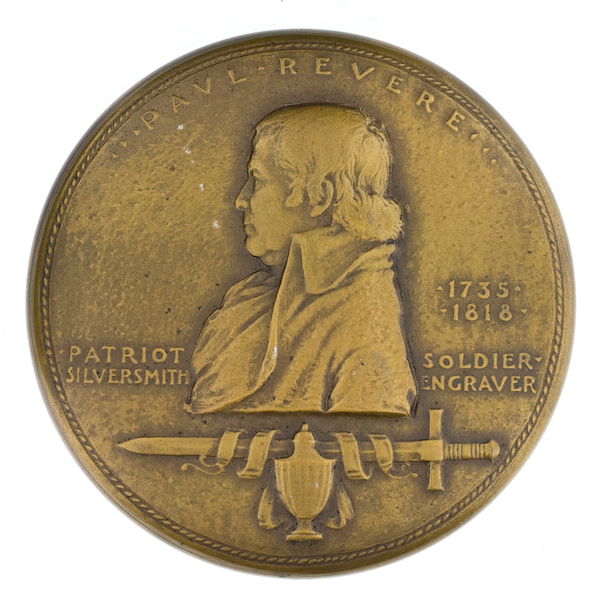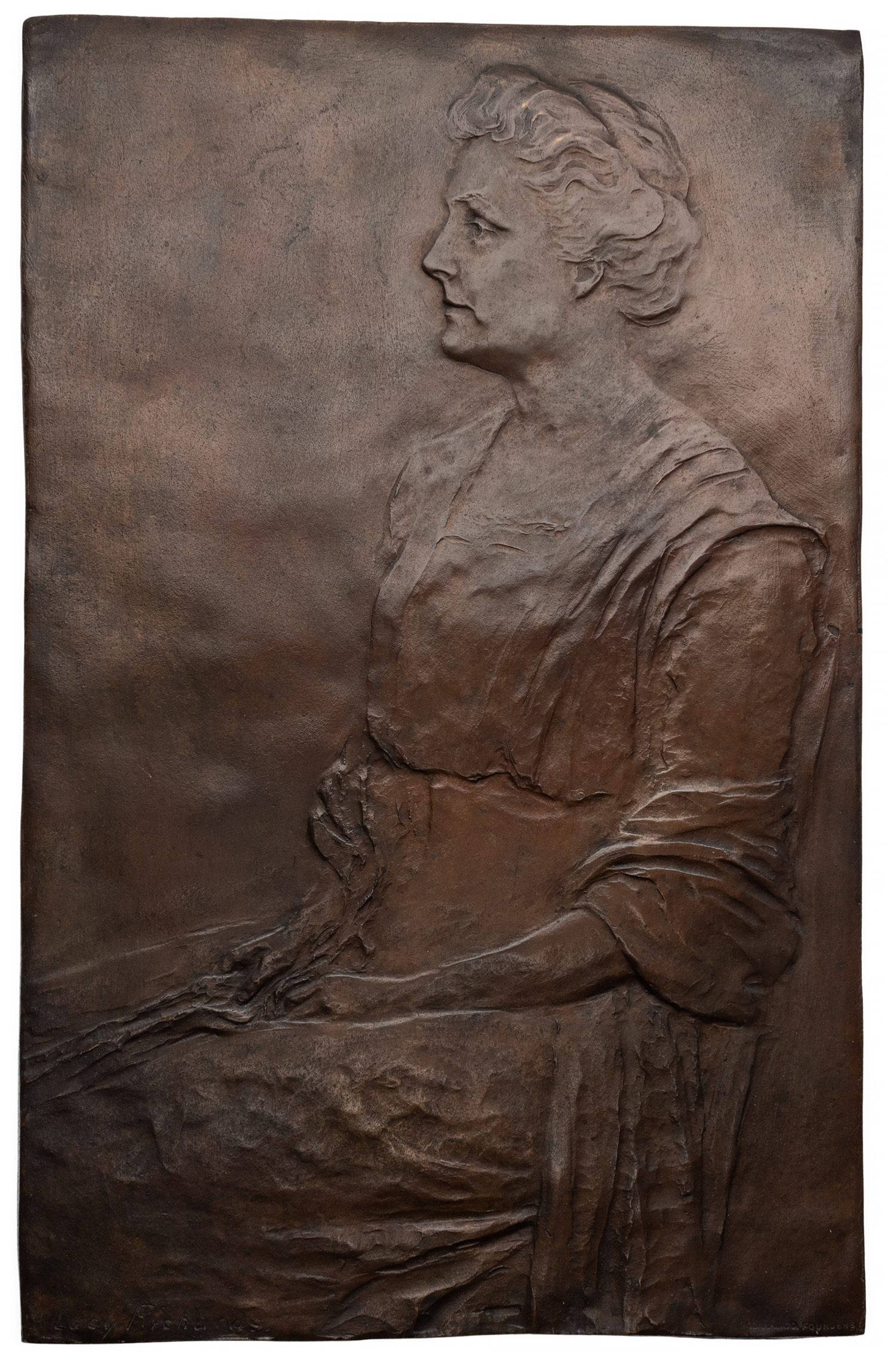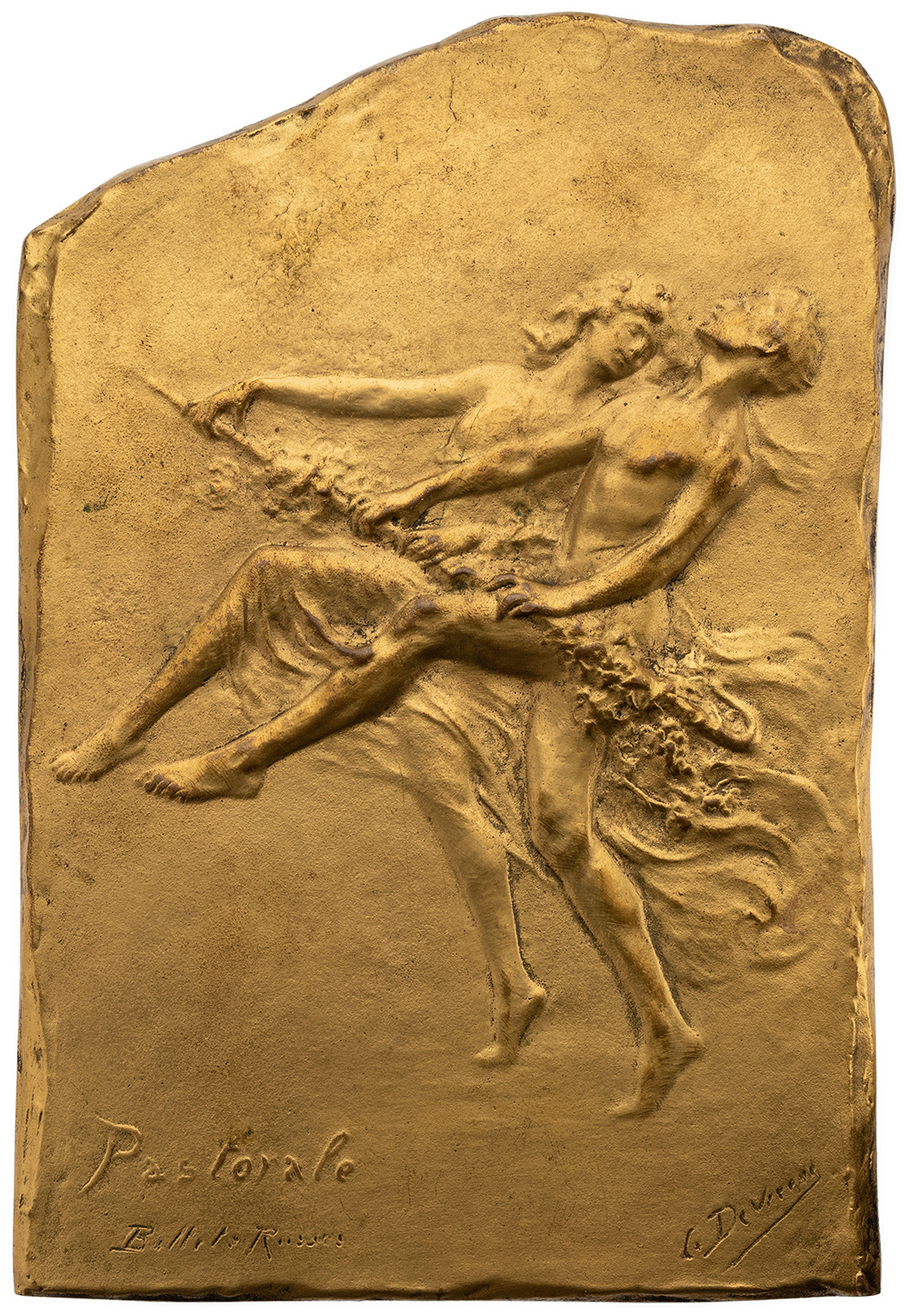The American Negro Commemorative Society
Today’s post is authored by Jaharia Knowles, ANS intern. Knowles is a high school senior from New York City. A passionate student activist, she became a member of Black Students Demanding Change, a student-led group devoted to creating racially equitable reform in NYC private schools, while researching the American Negro Commemorative Society last summer. In addition, she is a visual artist and musician. Jaharia is excited to explore the intersections of history, identity, politics, and art in her future academic studies, and is dedicated to make her community a more accepting and equitable place.
The assassination of Martin Luther King, Jr. on April 4, 1968, sent shockwaves across the country and marked the end of the Civil Rights Movement. Almost immediately, riots erupted in several of the nation’s largest cities, including Chicago, Washington, D.C., and Baltimore, a public display of the Black community’s grief and anger not only towards King’s assassin, but also towards the nation’s deeply rooted racism. The loss of such a prominent figure of the Movement only exacerbated Black Americans’ discontent with segregation, redlining, and other forms of institutional racism that had existed in the country for decades. Less than a week after King’s assassination, President Lyndon B. Johnson signed the Fair Housing Act, which prohibited housing discrimination based on race, religion, gender, or national origin, in part due to pressure from protestors. While the national riots and the subsequent passing of the Fair Housing Act are well-known effects of King’s death, one other effect that has received very little attention was the creation of the American Negro Commemorative Society (ANCS).

George A. Beach, a 32-year-old advertising designer based in Pennsylvania founded the Society in collaboration with the Franklin Mint for the purpose of highlighting Black American historical figures. With the ANCS, Beach sought to educate Americans, especially Black Americans, on influential Black figures who were often left out of “traditional,” whitewashed narratives of American history. The subjects featured on the medals lived as early as the Revolutionary era, illustrating how ingrained Black people are in the nation’s history. In fact, many of those featured were pioneers in their field, such as W. C. Handy, self-proclaimed “Father of the Blues,” and George Washington Carver, who made significant contributions to the study of agriculture in the early twentieth century.

The commemoration of Black historical figures on medals, at least in the United States, was unprecedented. The ANCS addressed this in one of their advertisements, saying, “Many notable American Negroes were given some recognition in their time, but nearly all have been sadly neglected in numismatics. We hope to fill that void.” The ANCS’s efforts to highlight previously overlooked Black Americans was part of a greater push to include Black history in American history started earlier in the century by Carter G. Woodson, founder of the Association for the Study of African American Life and History (also featured on one of the ANCS medals).

While some of the Black Americans featured on the ANCS’ medals have become household names, such as Frederick Douglass and Harriet Tubman, others are not as well-known. For instance, Jean Baptiste Pointe Du Sable, a tradesman and the first non-indigenous permanent resident of Chicago, had not been recognized for his role in the city’s history until recently. For decades, John Kinzie, a white Canadian who bought Du Sable’s property in 1804, had been wrongly given the title. While that began to change in the early twentieth century due to the determination of African-American led groups in Chicago, many Americans, even Chicagoans, were unfamiliar with Du Sable. The ANCS’s commemoration of the tradesman was part of a long mission to redress a historical wrong. Today, Du Sable is widely recognized as the “Father of Chicago,” but that would have been impossible without the contributions of Black activists, writers, and organizations, including the ANCS.

The commemoration of Henry Ossian Flipper served a similar purpose. Flipper was born enslaved on March 21st, 1856, in Thomasville, Georgia. However, after the Civil War, he was able to attend West Point Academy, becoming the first black graduate of the school. That same year, he became the second lieutenant of the 10th Cavalry, which made him the first Black officer to lead the all-Black regiment. However, despite his achievements, Flipper’s career was marred by false accusations of misconduct from his racist, white peers, and eventually came to end when Colonel William Rufus Shafter framed the lieutenant for embezzling government funds. Flipper spent the remainder of his life trying to clear his name. Although most people who knew the lieutenant doubted the legitimacy of Shafter’s accusation, he was unable to regain his commission.

The ANCS’ commemoration of Flipper in 1970 is most likely the first time Flipper had been celebrated for his accomplishments after his death. Six years later, Flipper’s descendants applied for a review of his court-martial and dismissal, resulting in the Department of the Army changing his dismissal to an honorable discharge. Shortly after, West Point displayed a bust of Flipper on its campus. In 1999, President Bill Clinton pardoned the soldier.
In a forthcoming feature in the ANS Magazine, I will offer an in-depth look at all 64 medals and explore other aspects of the Society, including the marketing of the medals, their reception, and the ANCS’s ultimate demise.




